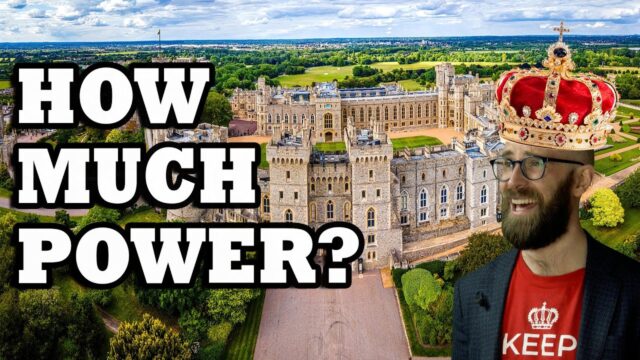“Unraveling the Myths: The Surprising Reality of Medieval Monarchical Power Revealed!”
Also known as Al-Nasir, or ‘The One who Gives Victory’, this Caliph ruled from March 1180 to October 1225. So, slap bang in the time period we are focusing on!
So, let’s ask the same question once again: what kind of power did the Caliph have? Well, pretty much absolute, it appears. At least more extensive than the power wielded by his European counterparts.
According to Professors Aftab Hussain Gillani and Mohammad Tahir, Islamia University of Bahawalpur, Pakistan:
‘In theory the Caliph was still subject to the rule of the sharia, the holy law of Islam. But in practice, these checks on his authority were not effective since there was no machinery other than revolt for its enforcement. The Abbasid caliphate was thus a despotism based on military force claiming almost divine right to rule.’
The Abbasid Caliphs upheld their legitimacy by defining themselves as
‘The vicegerent of God (Khalifatuallah) and God’s shadow on the earth (Zillallahi ala’l -ard)’
Thus the Pakistani Professors define Caliph Al-Nasir as
‘An autocrat claiming a divine origin for his authority, resting it on a salaried bureaucracy.’
But this despot applied healthy principles of meritocracy:
‘Pedigree was no help to advancement, but only the favour of the sovereign, and an official hierarchy thus replaced the Arab aristocracy.’
The Abbasids rulers, and Caliph Al-Nasir in particular, took much inspiration from the ruling practices and the bureaucracy of the Sassanid Empire, modern-day Iran. Thus, Al-Nasir hired many Persian administrators, and welcomed talent from other non-Arab regions, including non-Muslims.










